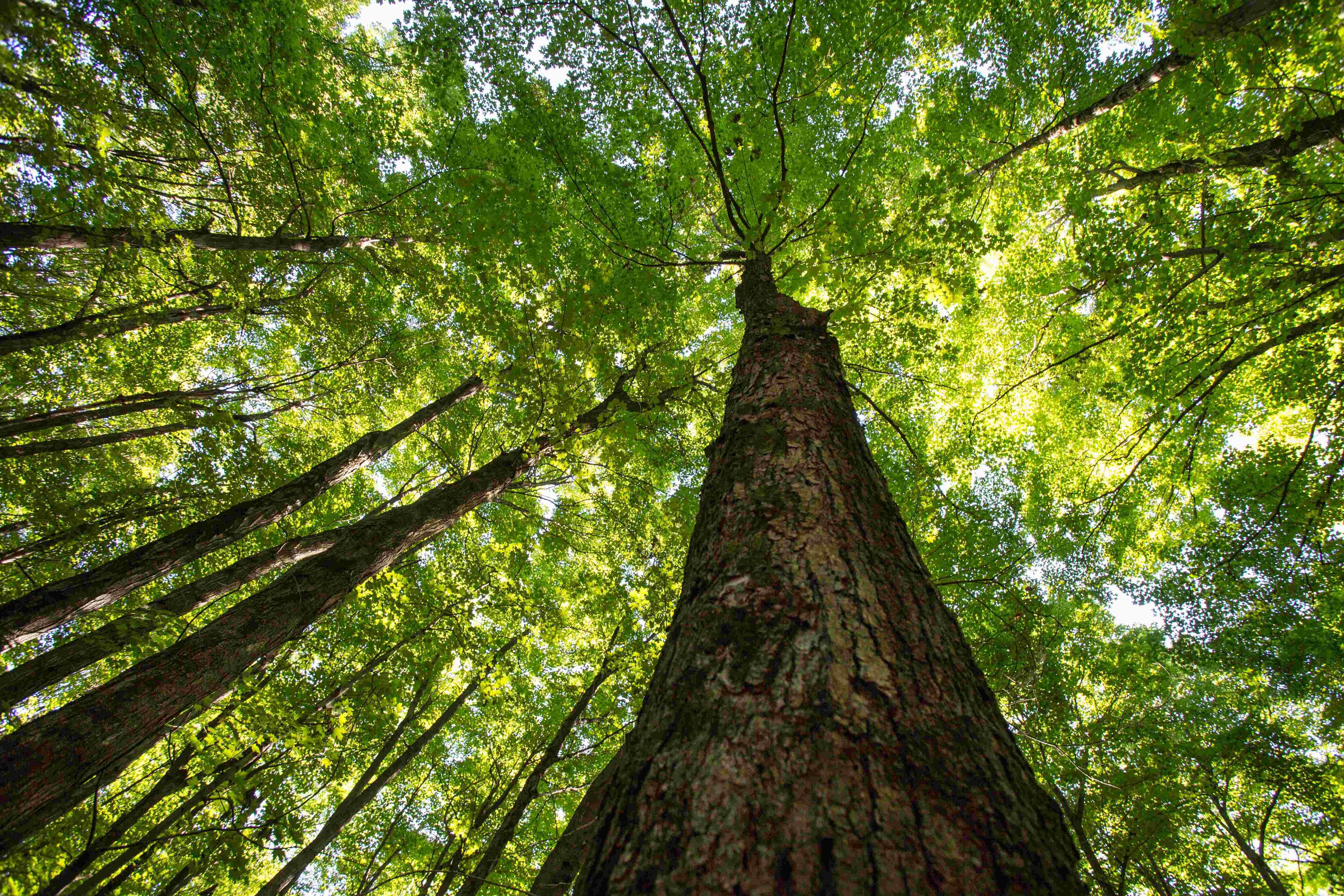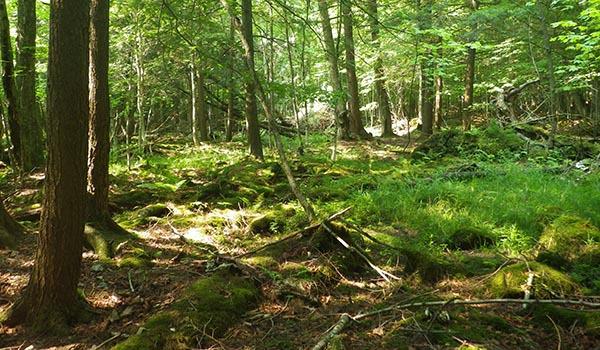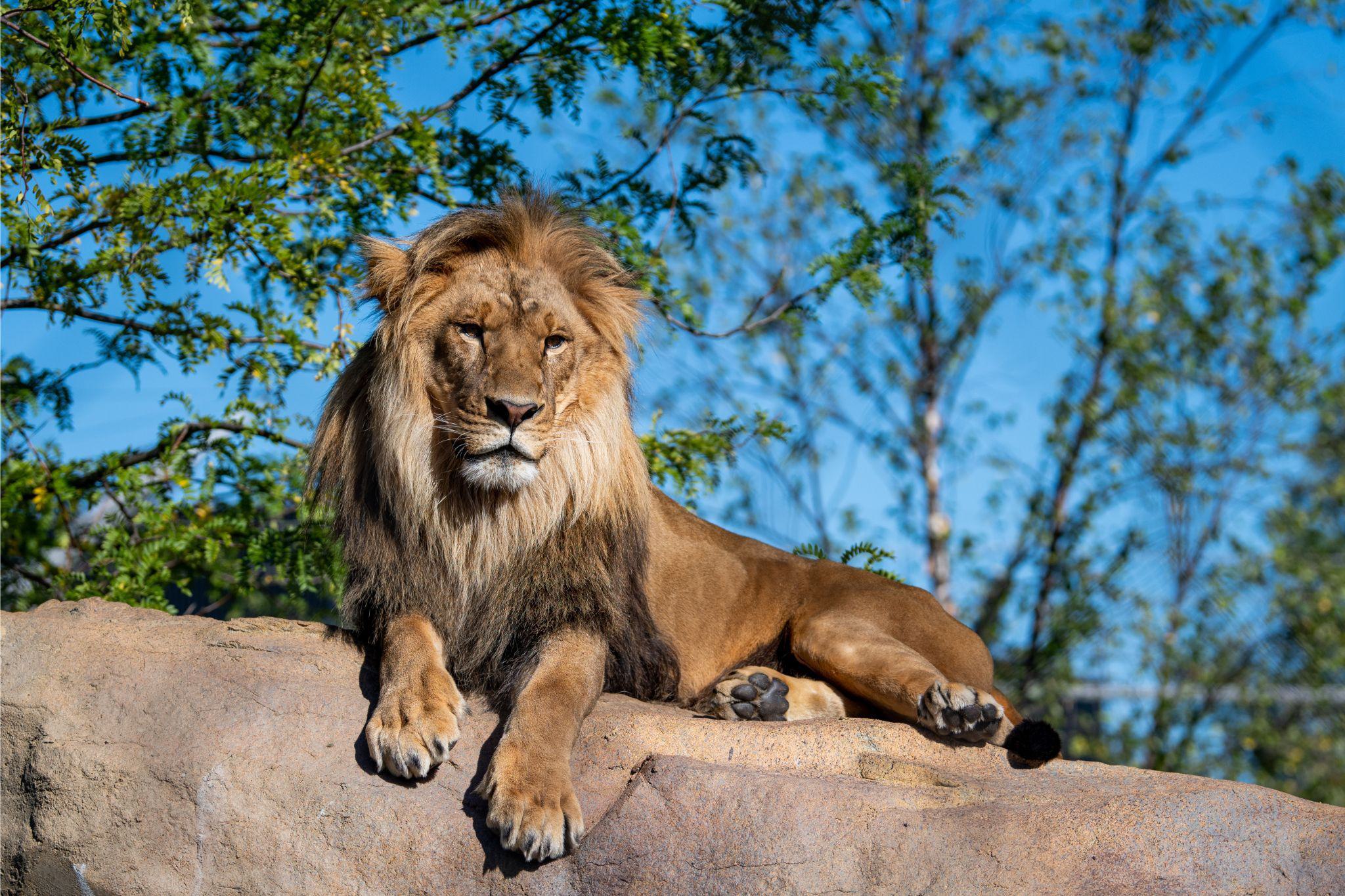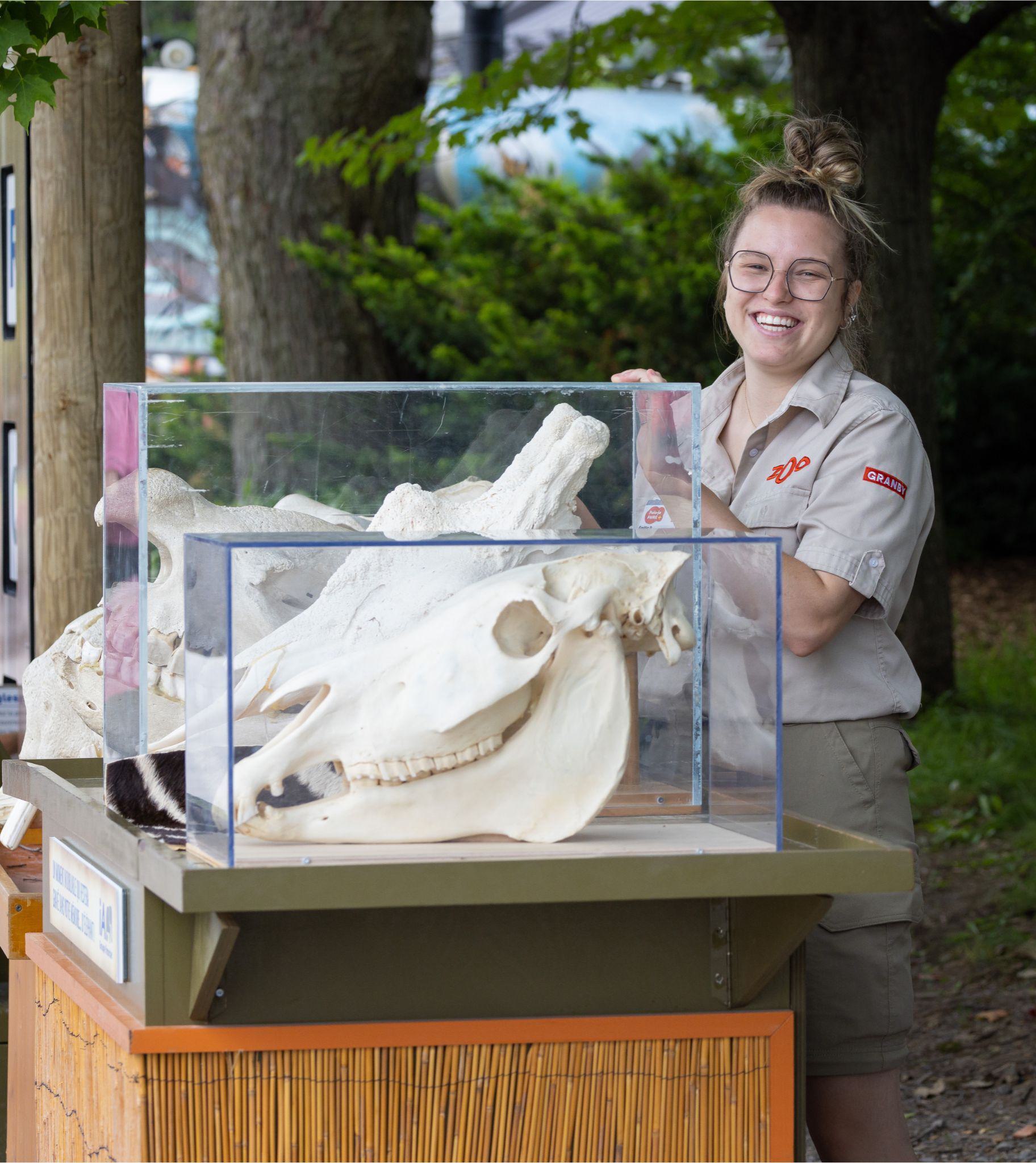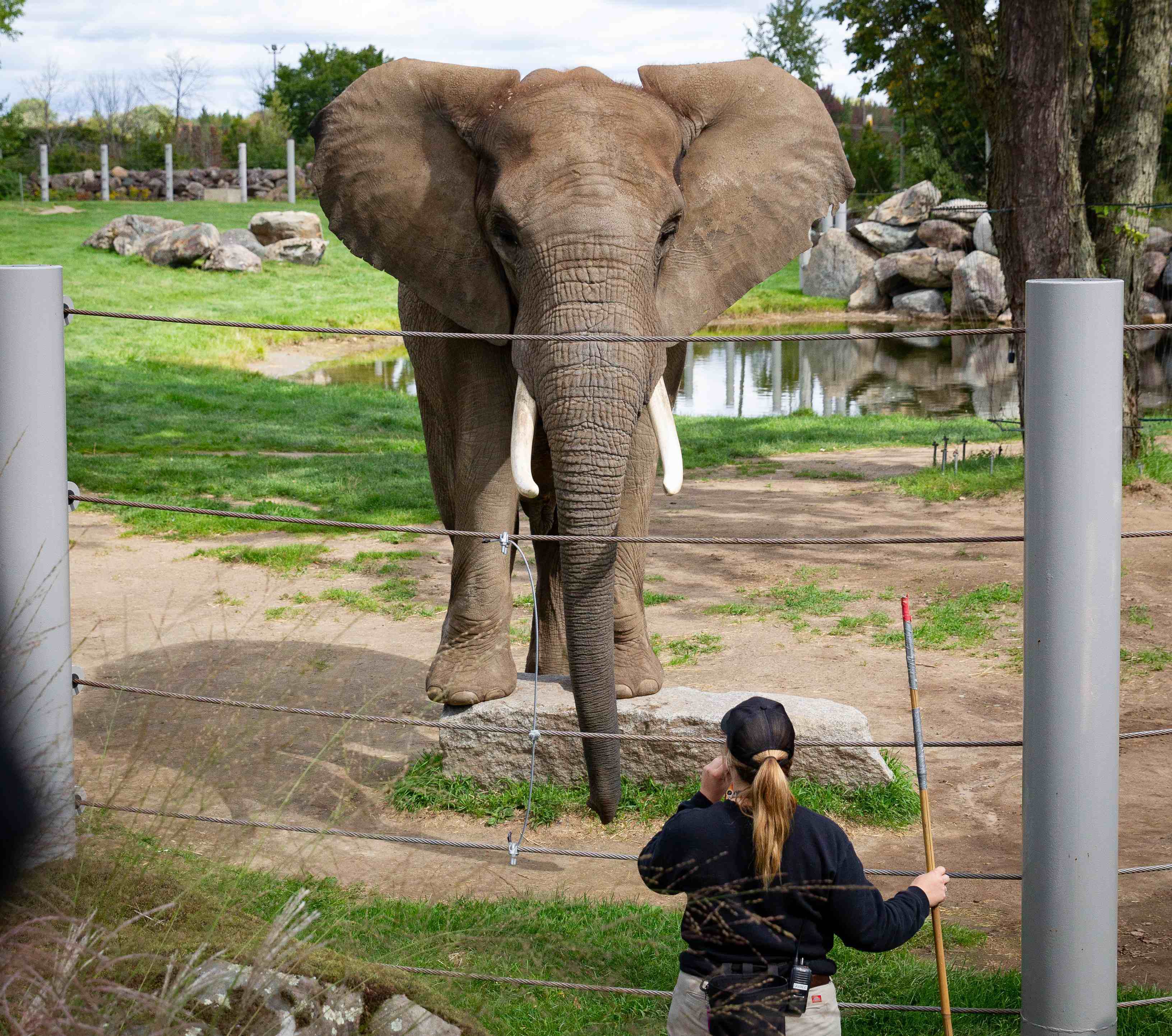Conservation of the biodiversity of Granby's nature parks
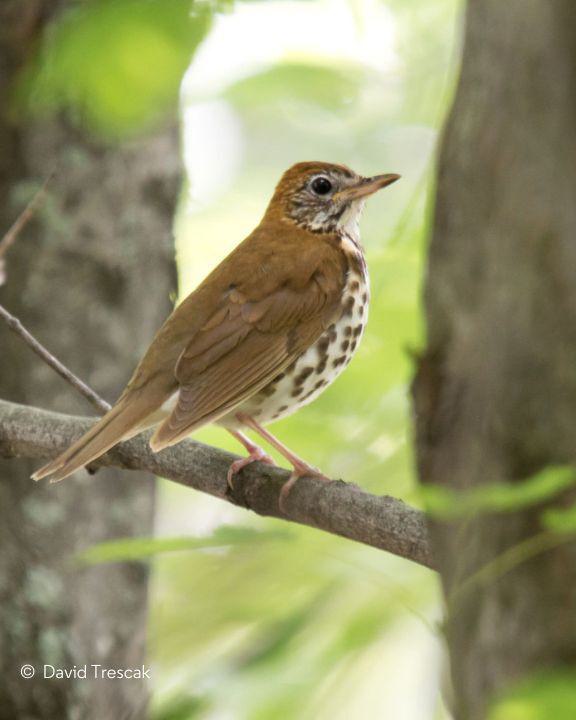
Exceptional natural habitats inside an urban setting
The city of Granby owns several natural environments of interest and five of these parks are under the scrutiny of the Zoo de Granby biologists. These nature parks cover 193 hectares of forests, fallow land and wetlands where more than 144 plant species, 20 mammal species, 140 bird species and 14 amphibian and reptile species can be found. Among these different species, 25 are listed as being at risk, including wild garlic, butternut trees, four-toed salamanders, eastern wood-pewees, wood thrushes, little brown bats, northern bats and garter snake. These natural habitats form a mosaic of biodiversity and are crucial ecological corridors for the survival of wildlife in urban zones.
Overview
Since 2014, the Zoo has carried out numerous projects within the city’s nature parks to preserve and enhance these areas. Actions include perimeter inspections of the park to ensure their ecological integrity, conducting inventories on birds, amphibians, reptiles and mammals, creating a conservation plan and monitoring more than 60 nesting boxes for cavity-nesting birds.
Conservation and enhancement of Miner Woods
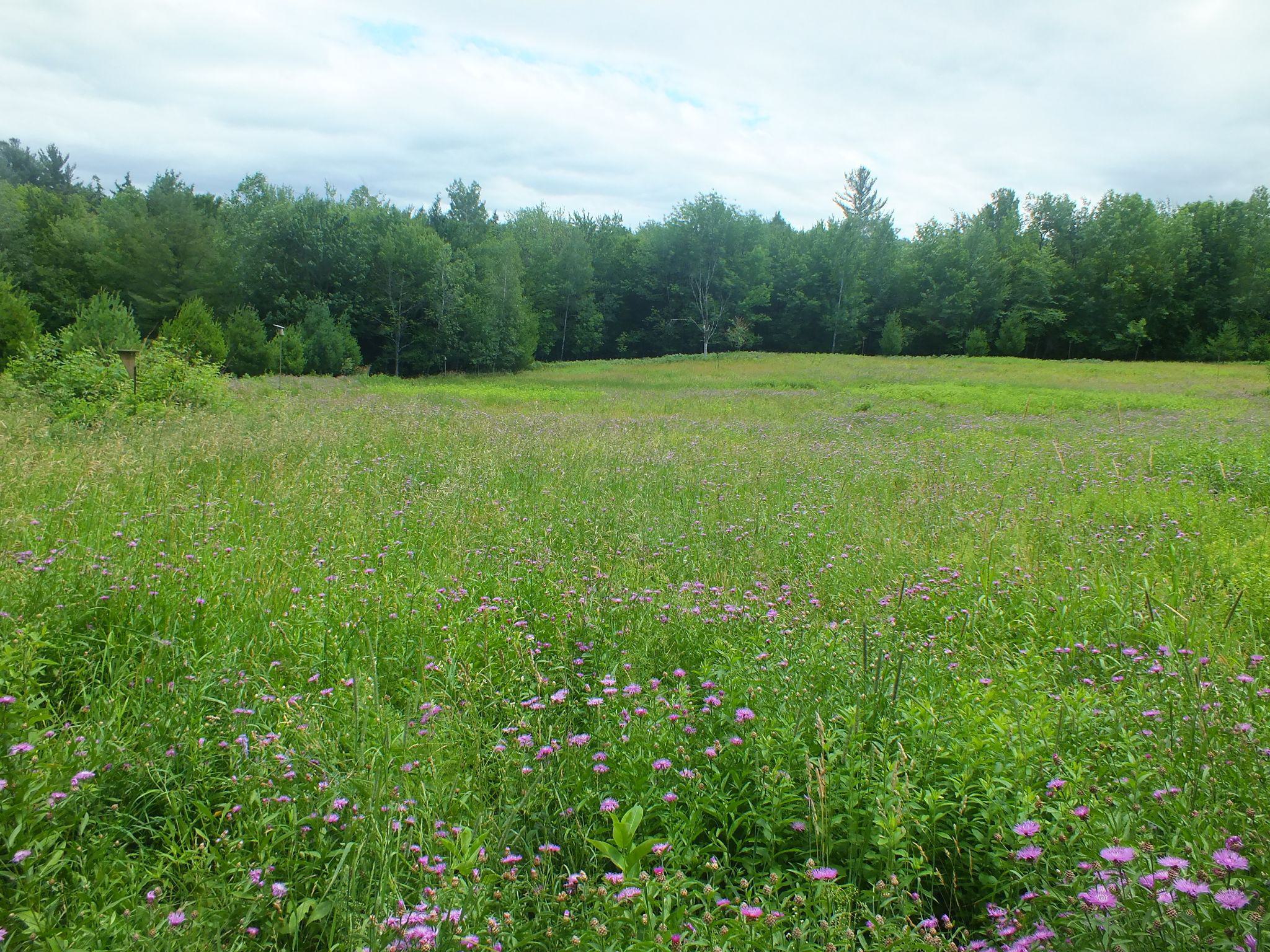
Future vision

THE ZOO DE GRANBY RECOGNIZED BY ITS PEERS THROUGHOUT CANADA
At the Accredited Aquariums and Zoos of Canada (AACZ) conference in Ottawa in September 2018, Granby Zoo's efforts to preserve and improve a local natural area beginning in 2014, the Boisés-Miner, earned it the prestigious Peter Karsten Award for Conservation.
